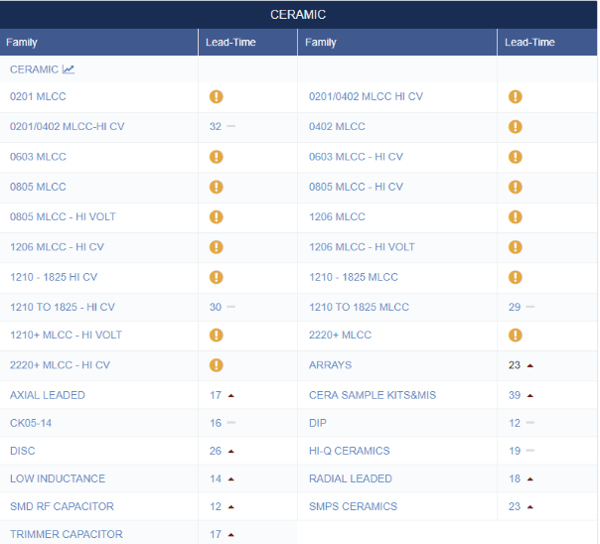The Ultimate Guide to Combating Electronic Component Shortages
The booming electronics market is obviously great news for all those involved in the industry, but some drawbacks are beginning to take shape in the form of electronic component shortages worldwide.
Electronic components are the atom of the electrical ecosystem. They’re found in everything — from the smartphone in your pocket, to the wind turbines outside your window. With limited availability, it creates a bottleneck that will affect production in virtually every market.
There are many factors that result in shortages, including:
- Demand surge
- Component obsolescence
- Product capacity
It’s important to know what’s causing the disruption in your market, the effects it will have, and what you can do to cope with it.
What Caused Your Electronic Component Shortages?
The shortage is largely a result of:
- Booming technology advancement. Two of the hottest topics in the electronics industry in recent years has been the Microsoft ‘Internet of Things’ and its continued takeover of the marketplace, and the impending switch to 5G connectivity.
- Continued growth in key sectors (medical and automotive). This causes higher-than-anticipate demand for components.
How Long Will It Last?
So, when will this end? The simple answer is: no one really knows!
But due to the above factors, and the unlikelihood of them becoming irrelevant to the electronics industry, expect the shortage to last throughout 2018. Prepare yourself, as its likely to get worse before it gets better.
What You Need to Know: The Shortages at a Glance
All of this information can be a lot to take in at once, especially given the bleak outlook of the storm not slowing down anytime soon.
We’ve compiled the most important takeaways, so you learn everything you need about the shortages without spending days pouring through article after article:
Multilayer Ceramic Capacitors
One of the most prominent shortages revolves around multilayer ceramic capacitors (MLCCs). These are the most used capacitor in electronics, so it’s a big deal. Increased demand is the culprit.
For example: Apple nearly doubled the number of MLCC’s used in the iPhone 6S for its most recent model, the iPhone X.
Component Restrictions
Component manufacturers are now restricting the number of components a vendor can purchase. The limitations are based on the previous year’s orders.
For example, if DigiKey purchased one million 0402 packages in 2017, they cannot exceed that number in 2018.
Lead Times
The most prominent effect of the shortage is on lead times. You’ve likely seen this first-hand by now, but component lead times have been steadily rising, if not skyrocketing in some cases.
For example, look at the table below. Parts labeled with an orange exclamation point have lead times that are considered ‘rapidly increasing.’

What Can You Do?
Here is a list of the best steps you can take to combat these shortages:
- Keep up-to-date on the situation
- Monitor industry trends
- Adjust your strategy
- Closely follow component availability
- Use a lead time chart (shown above)
It is also a good idea to cast a wider net – broaden your use of vendors to increase your chances of securing parts that are hard to come by.
In combination with adding these new vendors to your Approved Vendor List (AVL), you can also add additional part numbers. Oftentimes there are a multiple part numbers that will meet your needs, but only one is entered into the AVL. Make sure to enter each part number to maximize your chances of landing one that keeps your processes moving in the right direction.
Be sure to include component replacement options in your bill of materials if your contract manufacturer is handling inventory. This will provide them with a backup option if a part does become unavailable.



